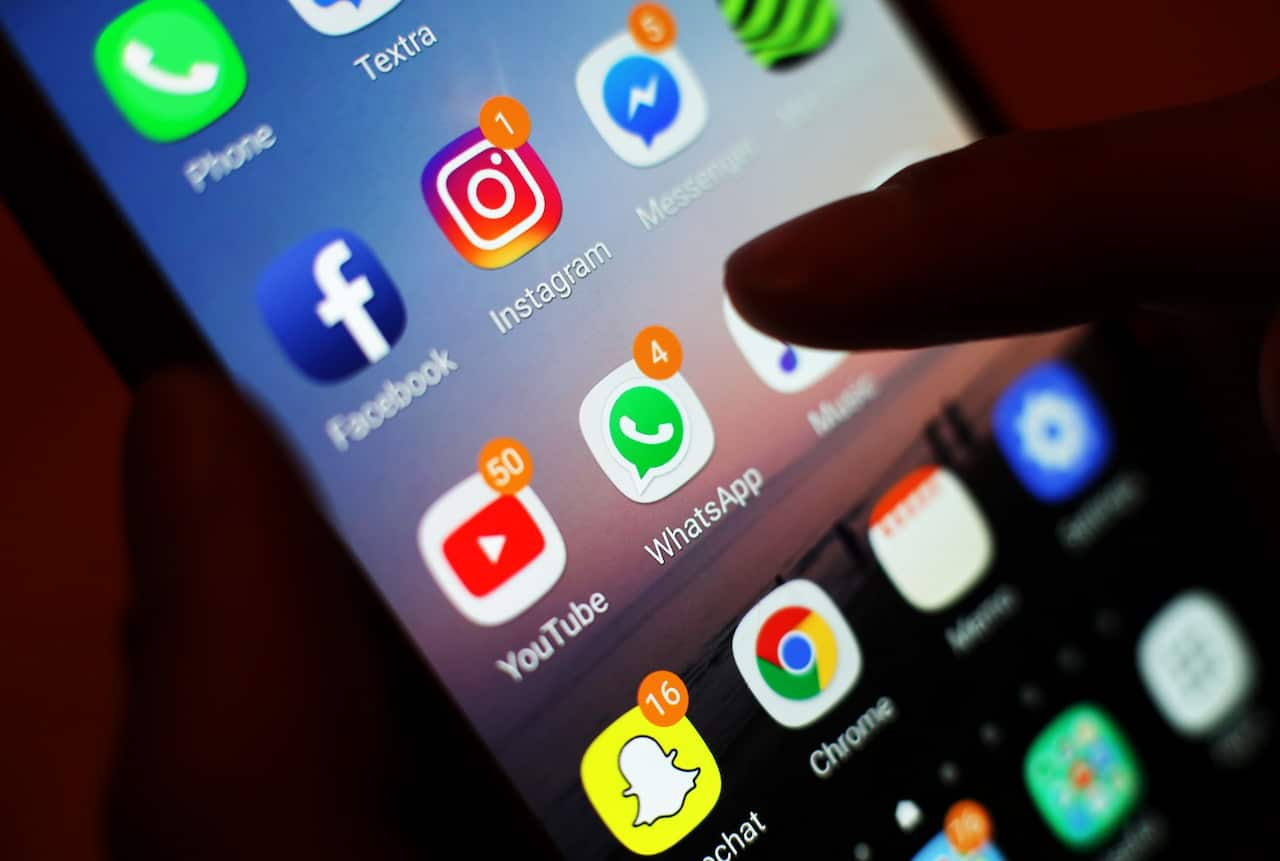During a National Press Club event, Australia’s eSafety Commissioner, Julie Inman Grant, spoke about the online risks children face and the forthcoming ban on teen social media usage.
The speech, titled: Swimming between the digital flags: helping young Australians navigate social media’s dangerous currents, used a vivid metaphor throughout.
Inman Grant emphasized this imagery.
“We need to ensure the safety measures are in place, lifeguards are vigilant, and potential dangers are well-identified — as protecting our kids online is a collective responsibility,” Inman Grant asserted.
No platform should be excluded
Social media platforms like TikTok, Instagram, Facebook, X and Snapchat are expected to be included in the ban, with the final decision to be made by the communications minister before the ban comes into effect.
YouTube was initially exempt from the legislation, but Inman Grant said on Tuesday that the government should not name specific platforms as exclusions.
“This wasn’t just about YouTube,” she said.
“Our recommendation was that no specific platform be exempted because the relative risks and harms can change at any given moment.
“It’s a very popular and prevalent platform, the most prevalent used by children and, correspondingly, it’s where they achieve the most amount of harm,” she said.
“I think any platform that says they are absolutely safe is absolutely spinning words.”
She added that this recommendation would not stop teachers from showing educational YouTube content while logged out from the platform.
Google, which owns YouTube, said the platform is used in classrooms across Australia.
Messaging apps have been excluded from the ban. Source: AAP / Yui Mok/PA/Alamy
“eSafety’s advice goes against the government’s own commitment, its own research on community sentiment, independent research, and the view of key stakeholders in this debate, including the 36 Months campaign that spurred this legislation.
“Today’s position from the eSafety Commissioner represents inconsistent and contradictory advice.”
‘Privacy, safety and rights working together’
The eSafety Commissioner spoke about the importance of recognising children’s digital rights including “rights to participation, the right to dignity, the right to be free from online violence and, of course, the right to privacy.”
“There is no question social media offers benefits and opportunities, including connection and belonging — and these are important digital rights we want to preserve,” Inman Grant said.
Experts like Lizzie O’Shea say there are concerns about privacy resulting from the use of age assurance technology.
“Many Australians and many young people instinctively support the ban, but if you ask them further questions about it, including concerns about privacy and security, they are also very high,” she said.
“Are there technologies available that can protect privacy and security that don’t acquire huge amounts of information to implement age assurance? I’m not sure that there is.”
The founder and chair of Digital Rights Watch says there are concerns about how the ban will work in practice.
“We are very concerned about the implementation of the ban, how it will work, and in fact how practically it can operate,” O’Shea said.
“Young people are required to use these kinds of media sites all the time for accessing educational content in places like schools.
Many children are interacting with harmful content online
Seven in 10 children have encountered content associated with harm — including misogynistic content, hate material and content promoting disordered eating — according to new research from the eSafety Commissioner’s office.
The data comes from a survey of over 2,600 children aged between 10 and 15.
“Children told us that 75 per cent of this content was most recently encountered on social media,” Inman Grant said.
“YouTube was the most frequently cited platform, with almost four in 10 children reporting exposure to content associated with harm there.
The eSafety Commissioner said the harm was experienced on and off social media.
“While 36 per cent of kids most recently experienced online abuse from their peers there, another 36 per cent experienced online bullying on messaging apps and 26 per cent through online gaming platforms.”
Shifting the burden to the platforms
Inman Grant said the minimum age legislation places the obligation on platforms, rather than parents.
“We are seeking to create some friction in a system to protect children where previously there has been close to none,” the commissioner said.
“And in doing so, we can also provide some much-needed support for parents and carers struggling with these issues.
“It’s a constant challenge for parents having to juggle the urge to deny access to services they fear are harmful with the anxiety of leaving their kids socially excluded.”
The eSafety Commissioner says the teen social media ban will provide the time needed to increase children’s digital literacy. Source: Getty / Getty Images
“We are treating Big Tech like the extractive industry it has become,” she said.
“Australia is legitimately asking companies to provide the lifejackets and safety guardrails that we expect from almost every other consumer-facing industry.”
The commissioner says children need time to be taught key digital skills.
Unregulated harms of generative AI
The eSafety commissioner also spoke about unregulated AI models, addressing the risks of AI companions in particular.
“Emotional attachment to AI companions are built-in by design, using anthropomorphism to generate human-like responses and engineered sycophancy to provide constant affirmation and the feeling of deep connection,” Inman Grant said.
Inman Grant said there are risks to children also present in apps using generative AI.
“The rise of so-called ‘declothing apps’ or services that use generative AI to create pornography or ‘nudify’ images without effective controls is tremendous cause for concern,” she said.
“There is no positive use case for these kinds of apps – and they are starting to wreak systematic damage on teenagers across Australia, mostly girls.”
